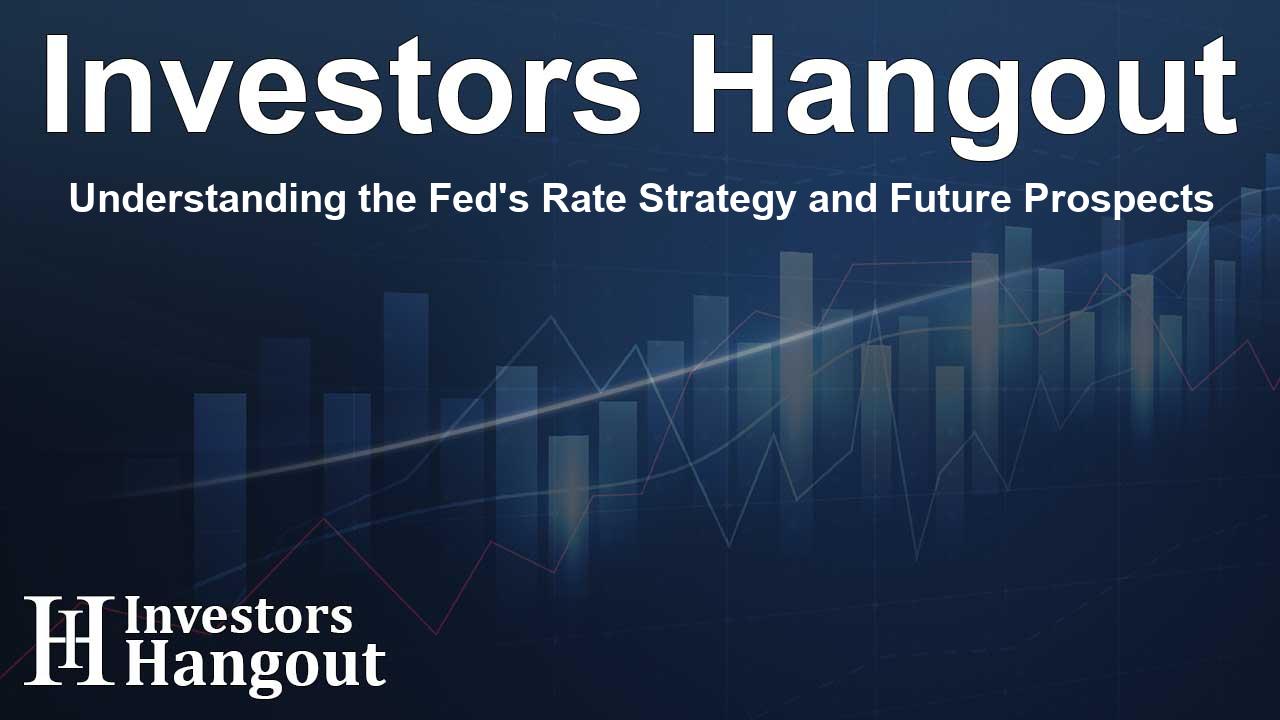Understanding the Fed's Rate Strategy and Future Prospects

The Federal Reserve's Approach to Future Rate Cuts
The conversation surrounding potential pauses in the Federal Reserve's rate cuts has become increasingly prominent. Recent positive economic data appears to have shifted perspectives on whether the central bank might take a break from further reductions. Analysts at Citi, however, believe inflation and job growth trends will lead the Fed to continue its cutting path.
Current Economic Climate
Citi has indicated that if inflation does not show a resurgence, the Fed might not consider pausing rate cuts until policy rates approach 4%. They emphasize that the status of the labor market, which has shown signs of softening, will be integral in determining how the Fed proceeds with its monetary policy.
Two-Phase Framework for Rate Cuts
The Fed is reportedly utilizing a two-phase approach to navigate potential rate cuts effectively. The first phase focuses on reducing policy rates from their current restrictive levels to a neutral one. This strategic move aims to ensure that the labor market does not loosen too much, which could provoke inflationary pressures.
Understanding Neutral Rate Levels
In the subsequent phase of this strategy, once rates are in the suggested neutral range, the Fed is expected to adopt a more gradual approach to further cuts. This careful navigation is essential to sustain economic stability without over-stimulating growth.
Ongoing Developments in Rate Cuts
The Fed has already initiated its current rate-cutting cycle, having implemented two reductions since September. Many experts believe that the rates still sit at levels categorized as restrictive, providing room for additional easing as conditions allow.
According to Citi's forecasts, factors such as tighter labor markets and an unexpected upswing in inflation could signify that rates might need to be raised again; however, such scenarios do not appear likely at this time.
Inflation Trends and Fed Responses
Recent data on core inflation suggests a slight uptick over the past couple of months. However, Citi anticipates that it may trend downwards again in the coming months, allowing the Fed to continue its cuts. Their base case suggests that the combination of softer inflation and rising unemployment will motivate the Fed to implement cuts at a rate of at least 25 basis points per meeting, aiming towards a target of 3%.
Future Considerations for the Federal Reserve
Looking ahead, the expectation for the Fed's decision-making process remains high. Whether or not they'll pause their rate cuts by the December meeting will depend heavily on the labor and inflation reports leading up to that time, particularly any unexpected positive trends.
Implications of Stabilizing Unemployment Rates
A stabilization in unemployment rates could also prompt a reassessment of the Fed's strategies. However, Citi suggests that this stabilization might contradict their forecasts, which predict an upward trend in the unemployment rate as current conditions evolve.
Frequently Asked Questions
What is the Federal Reserve's current approach to rate cuts?
The Federal Reserve is actively cutting rates but is considering market conditions as a guide for future decisions.
What factors influence the Fed's decision to pause rate cuts?
Inflation rates and the state of the labor market are critical factors in the Fed's decision-making process.
How does Citi predict the Fed will act in coming months?
Citi anticipates ongoing rate cuts until reaching a target of 3%, driven by cooling inflation and rising unemployment.
When might the Fed consider a pause in rate cuts?
A pause could be considered if there are significant positive shifts in labor market statistics and inflation rates.
What could signify an end to the current rate-cutting cycle?
Indicators like tighter labor markets and a consistent uptick in inflation could suggest that the Fed may need to reevaluate their rate-cutting strategy.
About Investors Hangout
Investors Hangout is a leading online stock forum for financial discussion and learning, offering a wide range of free tools and resources. It draws in traders of all levels, who exchange market knowledge, investigate trading tactics, and keep an eye on industry developments in real time. Featuring financial articles, stock message boards, quotes, charts, company profiles, and live news updates. Through cooperative learning and a wealth of informational resources, it helps users from novices creating their first portfolios to experts honing their techniques. Join Investors Hangout today: https://investorshangout.com/
Disclaimer: The content of this article is solely for general informational purposes only; it does not represent legal, financial, or investment advice. Investors Hangout does not offer financial advice; the author is not a licensed financial advisor. Consult a qualified advisor before making any financial or investment decisions based on this article. The author's interpretation of publicly available data shapes the opinions presented here; as a result, they should not be taken as advice to purchase, sell, or hold any securities mentioned or any other investments. The author does not guarantee the accuracy, completeness, or timeliness of any material, providing it "as is." Information and market conditions may change; past performance is not indicative of future outcomes. If any of the material offered here is inaccurate, please contact us for corrections.